Yesterday I followed a rabbit trail of ideas about my family history. I started with the fiction novels I was reading about the Scottish Highlands and the descriptions of the Tartan plaids that various groups were wearing. Characters could identify friend and foe from a distance, depending on the colors they were wearing. The various colors were associated by Clan name.
Of course, my maternal grandfather’s line was the LOWRY name, back at least 5 generations and I remember my mother saying the Lowry’s were Scotch-Irish Americans. I tried looking up the name Lowry in the Scottish list of clans…nothing. So, I pulled up my genealogy program and found the generation listed before coming to America…and lo and behold, there was my 3rd great grandfather, Morrow B. Lowry…born in 1752 in Grey Abbey, County of Down, Northern Ireland!
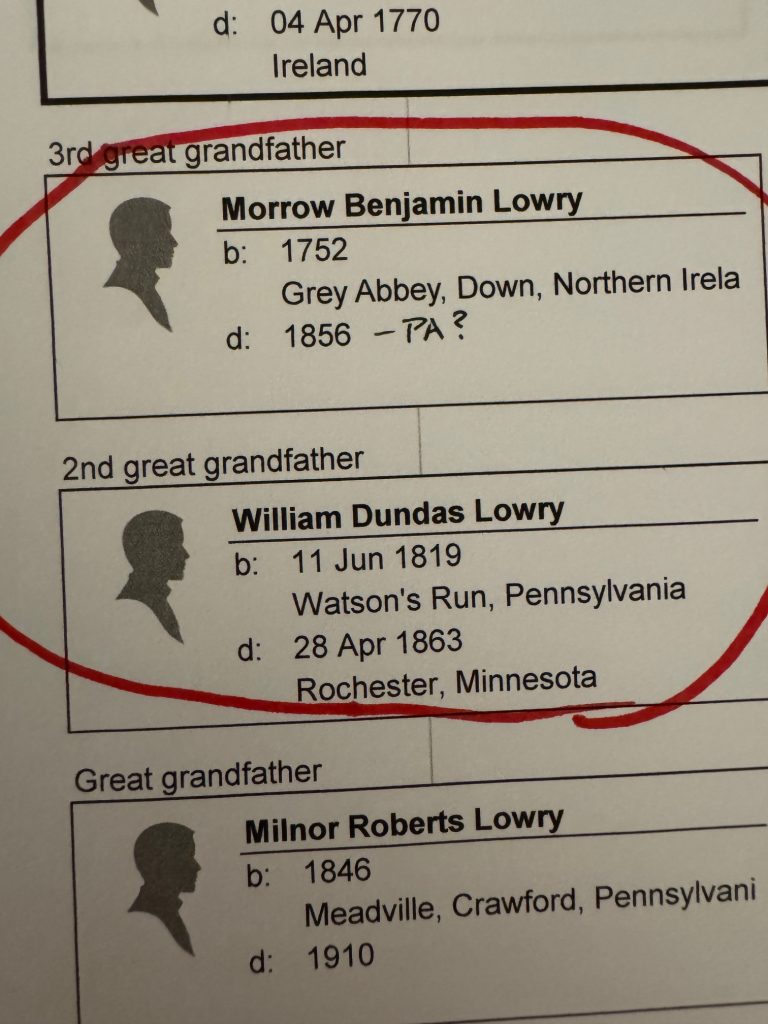
I discovered the Tartan plaids in Ireland are associated by County name so I was able to look up the Tartan plaid for Down county!

The County Down tartan, representing the county in Northern Ireland, is a traditional plaid pattern primarily featuring brown and orange with gray and sky blue accents. The tartan’s colors are symbolic: blue represents the sea, orange and brown represents the earth and landscape, while gray reflects the granite found in the region.
Of course, then I had to check out the history of Northern Ireland in Wikipedia.
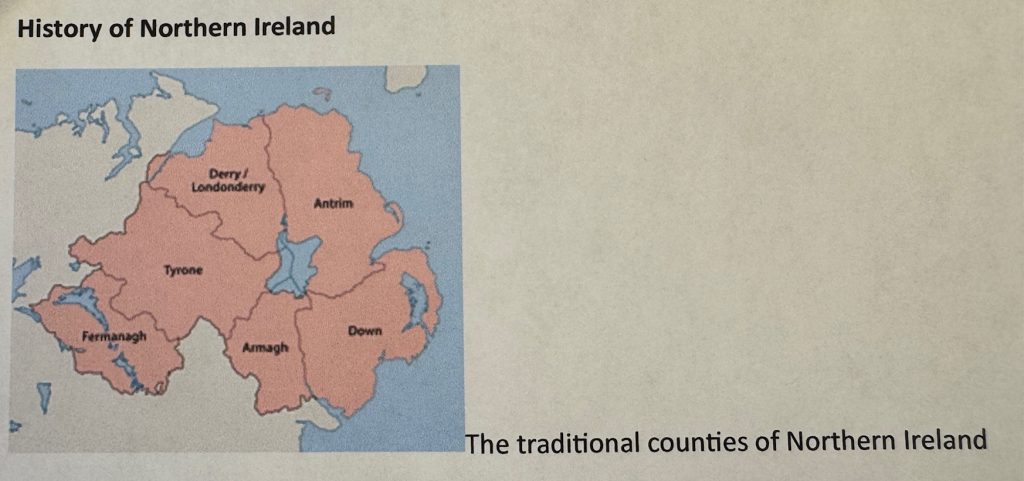
My goodness! Northern Ireland has been struggling with invaders forever! The region now known as Northern Ireland was historically inhabited by Irish-speaking Gaels. It consisted of several Gaelic kingdoms within the province of Ulster. In 1169, Ireland was invaded by Anglo-Norman forces under the English crown, initiating centuries of foreign dominance and religious strife.
Many rebellions, battles and wars are documented and remembered to this day. During the Scottish famine of the 1690s, many Scots migrated to Ulster Province adding to the conflicts. You can read many more details on Wikipedia. I had to print out the map to see how close Ireland is to Scotland (I think about 12 miles across the North Channel).
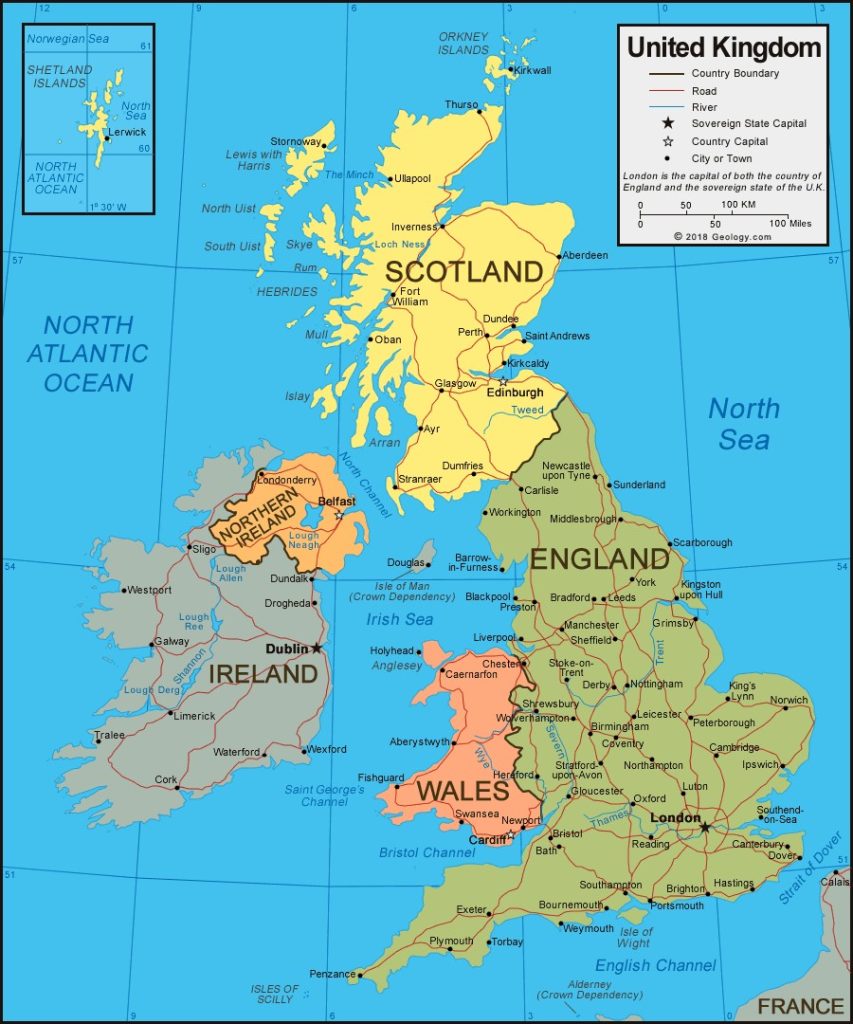
The following sentence clearly caught my attention:
Between 1717 and 1775, approximately 200,00 Ulster Presbyterians emigrated to the American colonies, where their descendants are known as Scotch-Irish Americans.
My mother was right! I suspect my 3rd great grandfather was one of those folks! My second great grandfather was born in Pennsylvania!
Here’s a picture of County Down coastline. It certainly brings my fiction novels to life!

So, what do I have left to remember my Lowry family history? I do have my grandfather’s pocket watch. He died before I was born but my brother is older so I’ll have to ask if he has any memories of him.
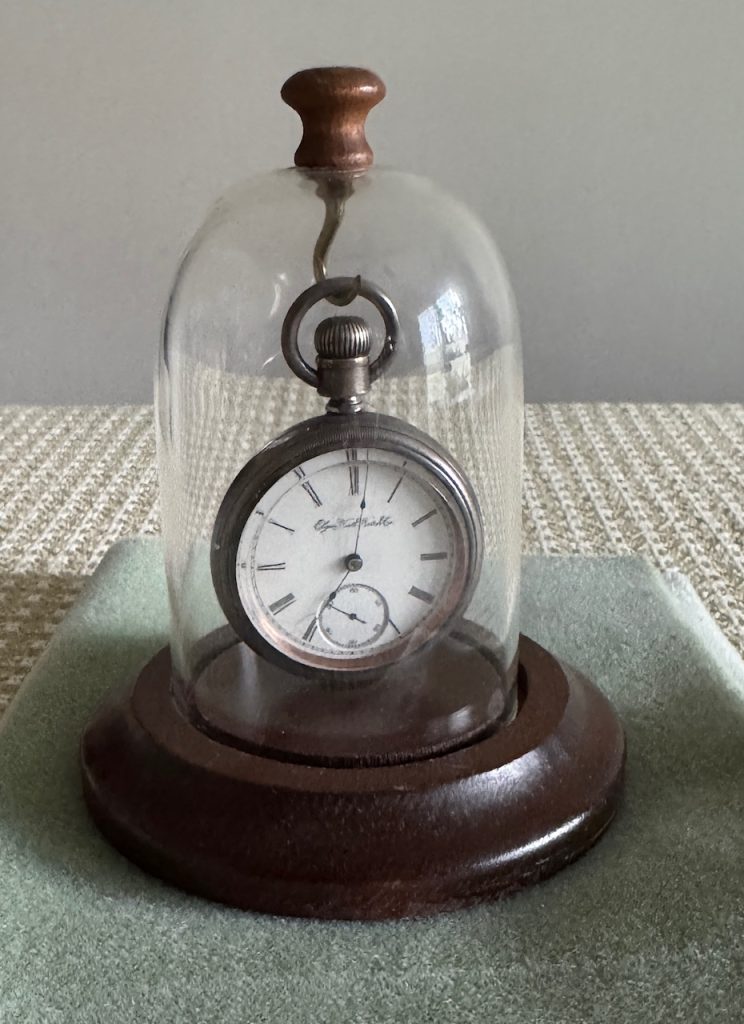
I also have a large silver-plated tea pot that has a real story! It weighs 5.58 pounds and could be polished up, but I hate to lose any silver plating that is left.

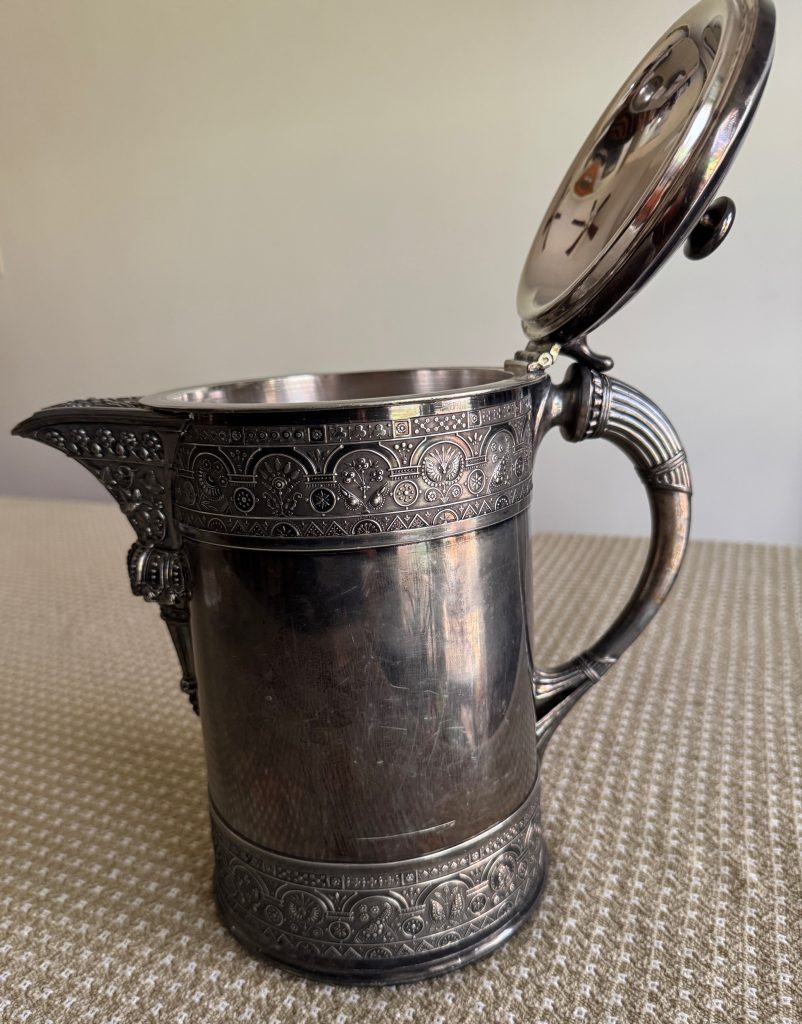
Tucked inside the pot was this story…written by my Aunt Winifred when she passed it on to my mother. I’m glad I can read cursive writing! I’ll type it out here, but I think I’ll include a copy in the pot so future generations can read it!
Silver (?) Tea Pot
The silver tea pot was brought from Pennsylvania by the William Dundas Lowrys who settled on a large farm near Rochester, Minnesota. They gave the tea pot to their son, Milnor Roberts Lowry (our grandfather) when he and his young wife (Mary Jane Wilcox Lowry) and their first baby our Uncle Will, came to Fergus Falls in a covered wagon in June 1871.
Milnor R Lowry started a feed store in Fergus Falls, which later became the first bakery in Fergus Falls. He and his family lived upstairs over the store.
He traded the silver tea pot to a Mr. Smith of Smiths Book Store for wall paper.
In June, 1945, a Mrs. Sidney Smith brought the tea pot to our house on Whitford St. She was the wife of one of Mr. Smith’s sons. She knew the history of the tea pot and thought it should go back to a member of the Lowry family.
Mother (Minnie Sweet Lowry) had the tea pot for a little while but was willing to give it to me when our father wanted me to have it. I was interested in family history at that time.
I gave the tea pot to you, Ruth (Lowry) Bixby, June, 1971
Winifred (Lowry) Nelson, 1971


Now that I’ve explored my Scotch-Irish heritage and seen the maps and pictures, my fiction novels feel more realistic! Now to figure out how the highlanders wrapped all that tartan fabric around them and then rode horses! Doesn’t seem to be very comfortable! Enjoy!
Please remember to email me directly if you have comments: maryjkisner@gmail.com.
